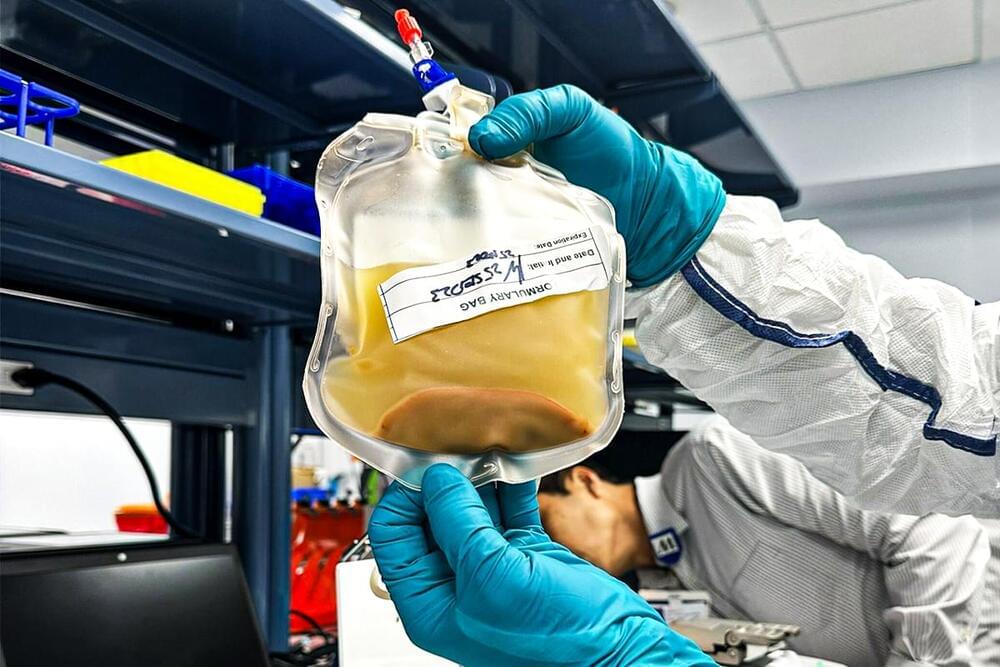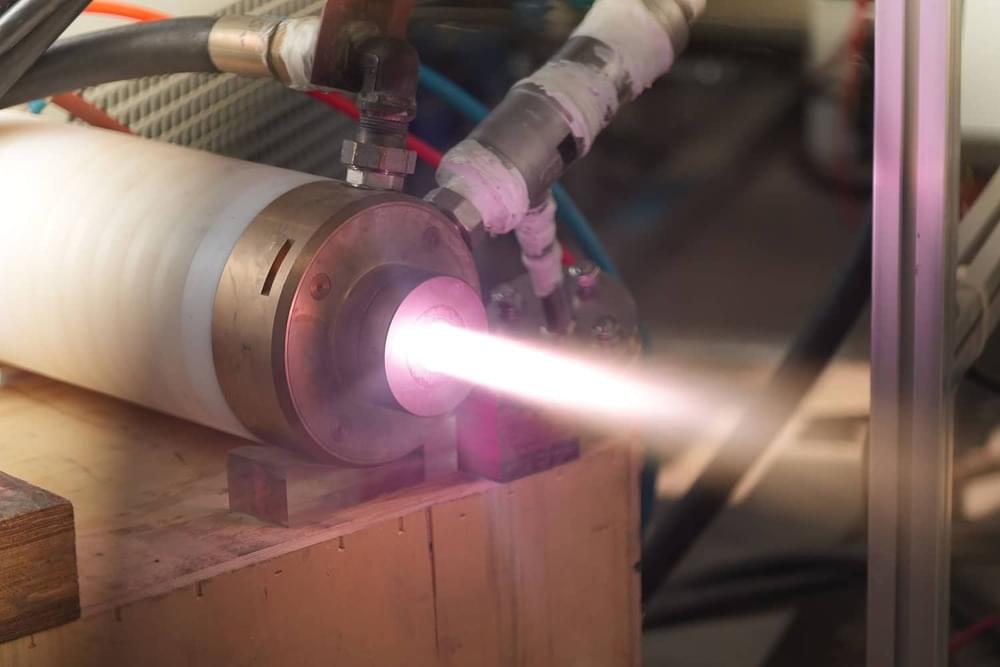Cancer cells release a significantly more concentrated level of acid than previously known, forming an “acid wall” that could deter immune cells from attacking tumors, UT Southwestern Medical Center scientists show in a new study.



Paralysed patients can regain movement and a sense of feeling after being injected with stem cells grown from their own fat, scientists have found.
The research into new experimental therapy has shown that patients who had suffered devastating injuries after car accidents and falls showed a number of improvements.
The treatment involves taking fat from the abdomen or thigh and removing the mesenchymal stem cells – a special type of stem cell that can hone in on injuries, and encourage repair and regeneration.


Oriole Networks, a UCL spinout, has raised £10mn in seed funding to build AI “super brains” that promise to accelerate the training of Large Language Models (LLMs).
Founded in 2023 by UCL scientists, the startup has developed a new method that harnesses the power of light to connect thousands of AI chips. This results in a network of chips, where the power of each individual GPU is combined to form a “super brain.”
According to James Regan, CEO at Oriole Networks, this “enables the direct connection of a very large number of nodes enabling it to function as a single machine.”

Cell therapy company LyGenesis today revealed that the first patient has received treatment in the Phase 2a clinical trial of its regenerative cell therapy targeting end-stage liver disease (ESLD). The therapy, known as LYG-LIV-001, treats ESLD via an allogeneic regenerative cell therapy transplanted into patients’ lymph nodes.
ESLD affects nearly 2% of the US population, with more than 50,000 Americans succumbing to chronic liver disease annually. Often stemming from cirrhosis, ESLD poses significant health risks, and many patients are ineligible for traditional liver transplants.
The Phase 2a clinical trial, an open-label, dose-escalation study, is currently recruiting 12 patients diagnosed with ESLD. Each participant will undergo close monitoring for one year to assess the safety, tolerability, and efficacy of the transplanted hepatocytes in addressing the symptoms of ESLD.


A tiny clump of stars orbiting our galaxy should have been ripped apart by the Milky Way, but its continued existence hints it may be held together by a massive amount of dark matter.
By Leah Crane


Scientists have developed an ingestible capsule dotted with sensors that can detect pressure in a patient’s guts and detect points of failure.
The ingestible system will give colorectal medical teams an unprecedented understanding of the movement of a patient’s digestive tract, or lack thereof. Instead of simply taking images of inside the guts, the system will sense whether it’s contracting, how much pressure is exerted and exactly where it might be inactive.
The system has been tested in a synthetic gut and animals. A patent for the technology is pending.
A lot of people quickly learned about RNA when an RNA virus started the COVID-19 global pandemic. In humans, there are many forms of RNA, many of which are absolutely essential to life. Messenger RNA (mRNA) is generated from active genes, and used in cells to create proteins, control the expression of other genes, among an array of other functions. The various types of cells and tissues in the body are created and maintained through the expression of different genes, so the RNA that is present in a cell can tell us a lot about it.
Much of the genome is transcribed into RNA, even though not even two percent of the human genome encodes for proteins. There are small and long non-coding RNAs, which carry out regulatory or maintenance functions in the cell. Now that the human genome has been totally sequenced, researchers are turning their attention to the vast array of RNA molecules that are present in cells: the RNome, as well as their modifications. So far, 170 different types of RNA modifications have been identified, said Peter Dedon, MD, PhD, a Professor at MIT. RNA molecules can also interact with each other, DNA, or proteins.